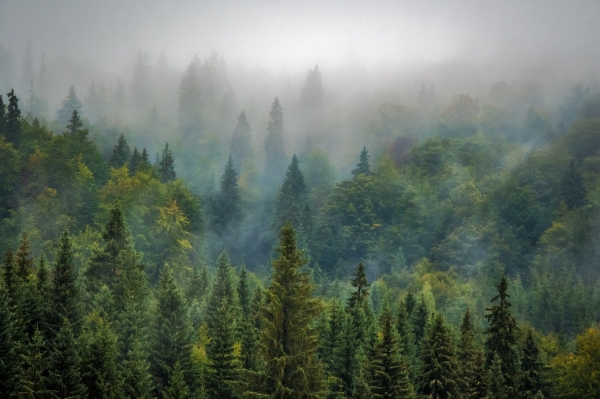For the last century, rising levels of carbon dioxide helped plants grow faster, a rare silver lining in human-caused climate change. But now, as drier conditions set in across much of the globe, plant growth may be failing to keep up with emissions, a new study indicates.
Through photosynthesis, plants convert water and carbon dioxide into storable energy. By burning fossil fuels, humans have driven up carbon dioxide levels, from around 280 parts per million before the Industrial Revolution to 417 parts per million last year. That extra carbon dioxide has sped up photosynthesis, spurring plants to soak up more of our emissions and grow faster. Since 1982, plants globally have added enough leaf cover to span an area roughly twice the size of the continental U.S.
But the effect appears to be wearing off. While carbon dioxide levels continue to climb, more than a century of warming has also made the climate more hostile to plants. Drier conditions in many parts of the world mean that, even as plants get more carbon dioxide, they are also losing more of the other key ingredient needed for photosynthesis — water.
Read more at: Yale Environment 360
Photo Credit: Bergadder via Pixbay


